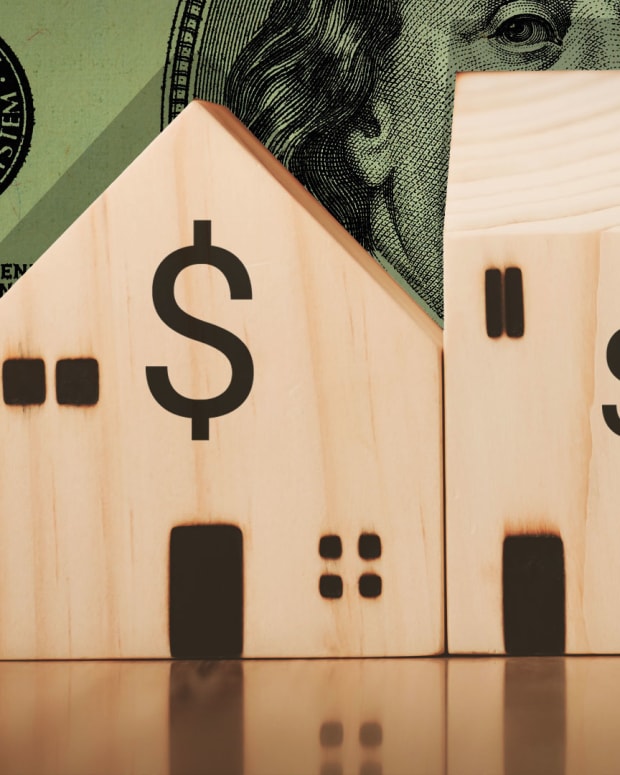Used car prices have largely followed the rising inflationary rate of other commodities over the past 18 months, with the average price of used vehicle 40% higher than a year ago, according to CoPilot, a vehicle shopping platform that monitors auto prices.
While auto industry data indicates that used car prices may be leveling off, car buyers still have a lot of leverage when negotiating the price of their trade-in vehicle.
If, that is, they understand how negotiate against a tough and experienced adversary – an auto-dealer.
“Frequently, dealers may make a low offer in anticipation of a counteroffer,” said Tim Davidson, president of Car Title Loan Lenders, in Fountain View, Cal. “However, never accept less for your trade-in than what a trusted industry guide estimates its value to be.”
It’s up to the buyer to ensure that the dealer doesn’t increase the price of the new vehicle in order to compensate for agreeing to a decent trade-in value. “This is a common strategy employed by dealers who keep an eye on their own bottom line,” Davidson noted.
How to Negotiate Your Best Auto Trade-in PriceTo ensure you maximize your vehicle’s trade-in price, take these tips to the dealership before signing on the dotted line.
Know the value of your vehicleBefore you go to the dealership, go online and find out your car’s typical trade-in price.
“When it comes time to negotiate with the dealership, you’ll know whether their offer is reasonable or not,” said Adam Wood, co-founder of Revenue Geeks, a consumer financial pricing platform. “There are various trustworthy websites where you can find this information. You can look at Edmunds, Kelley Blue Book, and Canadian Black Book.”
“Because each car is unique, the trade-in value suggested by these sources should only be used as a basic guideline,” Wood noted.
Bring the “receipts” Another “must do” before entering the dealership – bring a counter-offer.
Scroll to Continue
According to Samuel Lewis, founder of SJL Financial, in Wilmington, Del., never go into the dealership without two key items – a trade-in/sale offer from We Buy Any Car and/or Carmax, and approved financing for the new car you’re buying.
“Wait for the dealer to give you the trade-in offer first, then show them your counteroffer,” Lewis said.
Sell instead of tradingYou might be tempted to trade in your old car for a new one, thinking it will be less of a problem and even save you time.
“However, unless you’re dealing with a reputable dealership, you’re always at risk of having the worth of your old car undervalued, resulting in a deal that costs you more than it should,” said Lanny Tuchmayer, director of operations at Bergel Law, in Toronto, Canada. “Even newer dealerships might be problematic. They’d ‘agree’ to the value you want to trade your old car for, but then tack on the difference while trying to sell you the new car.”
If you’re unaware of market costs, those costs could take the shape of an exorbitant dealer fee, an extra warranty, or even a larger price tag for the new vehicle.
“If you can’t find a reliable local dealership, it’s a better idea to sell your old car first,” Tuchmayer said. “You’ll be able to obtain more value out of your car this way than you would with a trade-in.”
Getting it backwardsOne big mistake car buyers make is entering into negotiations for a new vehicle by telling the salesperson that a trade-in is part of the deal.
“The salesperson will then offer a deal that pays a lot for the trade-in,” said Melanie Musson, an auto expert with AutoInsurance.org. “But the auto dealer isn’t telling you they’re charging more for the car you’re interested in to make up for what they’re paying you for your old car.”
“First, negotiate a sales price for your new vehicle, and then discuss the option of trading in and what they would give you for your old car,” Musson advised.
Selling Your Car Is Up to YouThe good news? Individuals seeking to trade in their old car for a new one have more bargaining power now than ever have before.
“That doesn’t mean they can just throw a number out there and expect to get it for their trade,” Musson said. “It’s on the consumer to do their research to know what their car is worth as a trade-in vehicle and stand up for that.”
